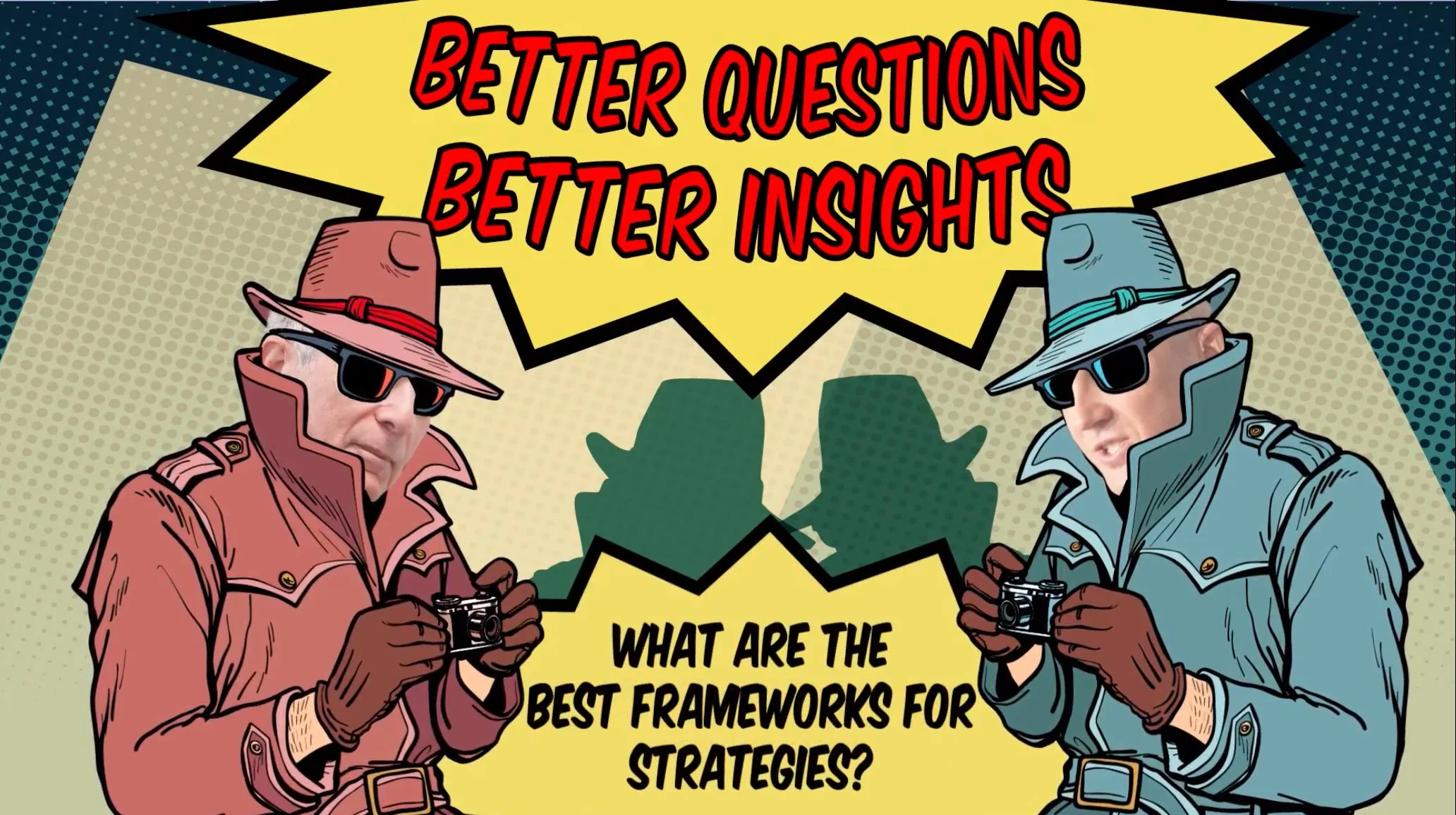Look into any business and marketing is usually the first budget to be ignored — or cut out entirely.
However, it is fast becoming one of the most important departments in corporate culture.
With all of the choices available for the average consumer, marketing is a vital part of every business. Regardless of how good your products and services may be, they are useless to your audience unless they are properly marketed.
Really, what good is a great product if no one even knows you have it?
The key is in the execution. Download the marketing plan template today to get started.
The Elements of a Great Marketing Strategy
Although the particulars of every marketing strategy will differ based upon the unique needs of the business, the core elements will usually be the same.
Purpose and Ambition
Before any technical marketing strategy will work, a company needs vision. Modern marketing comes through multiple channels at once. This can quickly get very confusing if you do not have a vision connecting your formats and platforms.
Your purpose is a synonym for your vision. Take a look at some of society's favourite brands. When you think of one of their ads or see a logo, you can immediately identify with a core value the brand represents.
When you see Nike, you think action. When you see Coke or Budweiser, you think fun. AirBNB helps you to belong anywhere. Unilever consistently promotes the idea of sustainable living.
Your ambition is the measure of your purpose. How do you define and quantify your goals? This is crucial in our age of data and results. It is also the only way to know if you are actually achieving the potential that your purpose has set out for you.
Challenges and Opportunities
What are your most pressing business challenges? Are you turning them into opportunities to improve? These are the two questions to ask after you set your vision. Your obstacles define your strategy — you could just do anything otherwise.
As you begin to set the context for your long-term marketing strategy, you will strengthen your brand overall. Competition and challenges tend to hone the message you send out as well as the culture that your company generates. This is the beginning of efficiency, and it will lead to the next step — your core diagnosis.
Core Diagnosis
You are now ready to clearly articulate the main problem or opportunity that your business is facing. Once you have clearly defined the issue, you can take your marketing into overdrive. This is your time to begin creating specific line items within your budget, allocating the appropriate funds to them and prioritising the critical aspects of your strategy.
In the same way that your company has a vision, your marketing strategy should have its own mini vision. This is what your core diagnosis really is. Along with your core diagnosis, you can also develop the other two elements of your marketing strategy, both equally important.
Your core diagnosis is upheld by your guiding policy. This is the plan for how you will overcome the obstacles that your diagnosis identifies. You can then further segment and delegate assignments with a set of coherent actions. These actions are coordinated, sometimes between departments, to generate a full-scale marketing campaign.
Target Audience
Your target audience is the final arbiter of how successful your marketing plan is. It is critical to focus your strategy on this audience. You may otherwise find your marketing plan spread too thin. Expert marketers will tell you that 20% of your customers will give you 80% of your sales. This is true regardless of industry, geography, or season.
Identifying your core audience is a strategy in itself. Getting this information tells you about your company — why people like you and who your marketing strategy is actually attracting. As you streamline your path to these people, you will more precisely define your brand.
Core Marketing Strategies
How do you plan to reach your goals? If you have a goal with stated metrics, then your core marketing strategy is the general statement about how you are going to achieve it. You may have a different core marketing strategy for each goal, especially if you have subspecialties that you can delegate to within your department.
Keep in mind the core competencies of your employees as you invoke your core marketing strategies. In order to create the most effective and streamlined path to success, you should look to match the correct talent with the correct task.
Key Marketing Tactics
Finally, you should choose very specific marketing tactics to bring your strategies to life. This is where you will begin to invoke some of those line items and test your outlets. You should begin to test and choose the marketing channels, timelines, budgets, metrics, and resources that fit your strategies.
Give your tactics the ability to move with the market and with updated data. Your strategies are the long-term vision, and they should be generated with an outlook that you do not have to change because you have looked ahead far enough to consider market changes.
Tactics, however, can be quite flexible. For instance, your audience might move away from the marketing channel that was so popular just a week ago. You may need to reallocate money for a last-minute conference that your anchor client is attending. You may find through research that one of your metrics does not coincide with your goals.
In the short term, stay malleable.
Tying It Together
Having a marketing strategy in place helps you to not only ensure your actions and campaigns stay true to your core goals, it also gives you a clear measure of how successful or not it is, so you can take a step back and look at your strategy from a different angle.
Rather than continuing to push a strategy that is underwhelming, being guided by these key elements gives you the means to identify where the bottlenecks are so you adjust your marketing strategy into something that is sure to deliver the results you're after.
Ready to step up your marketing game? Download our marketing plan template 2.0 to get started!















